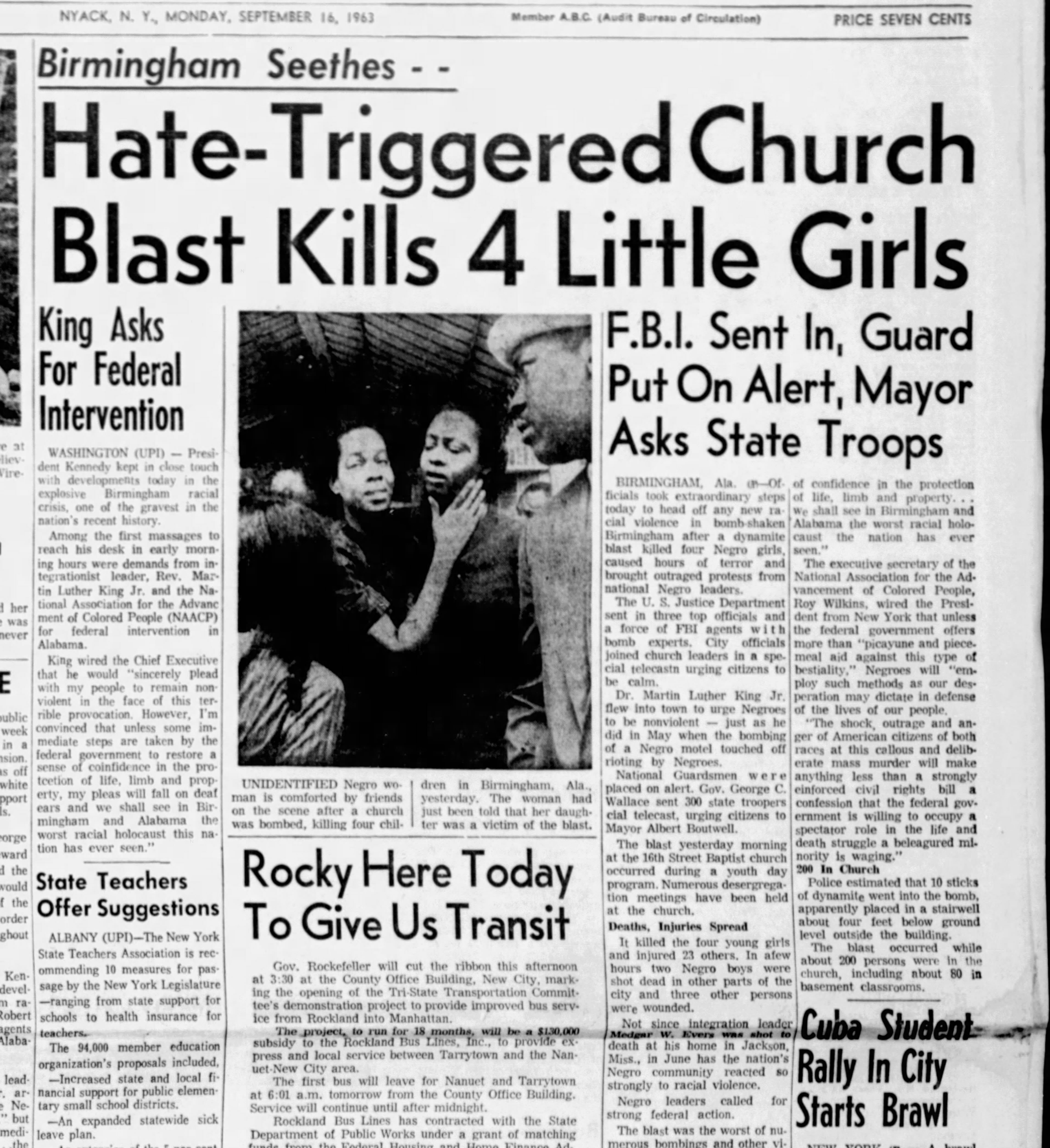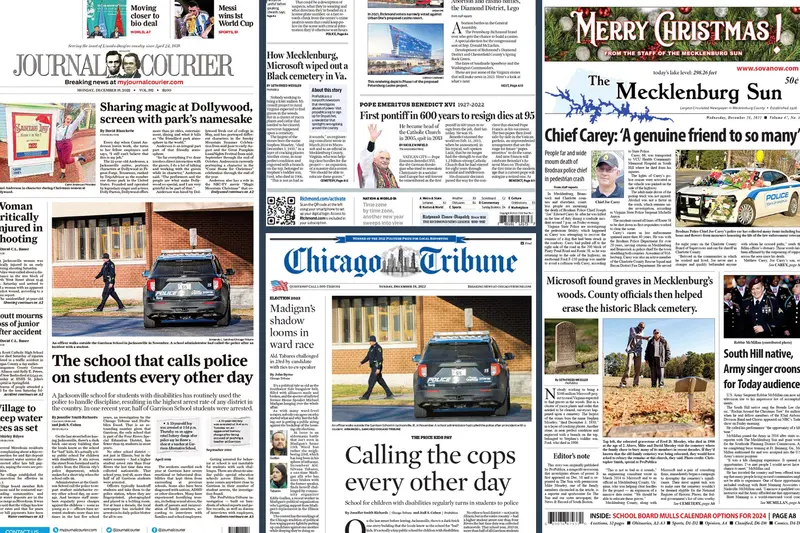Some Known Details About News Articles
Table of ContentsThe News Articles IdeasAll about News ArticlesOur News Articles PDFsFacts About News Articles UncoveredThe Single Strategy To Use For News Articles
Good knowledge of different topics offers students a competitive edge over their peers. Despite the fact that electronic and social networks are conveniently obtainable, we ought to not fail to remember exactly how essential it is to check out the newspapers. Parents must try and inculcate the habit of checking out a paper as an everyday routine to continue the legacy of the adored print tool.Information stories also consist of at the very least one of the adhering to crucial features relative to the desired audience: distance, prestige, timeliness, human rate of interest, curiosity, or effect. The associated term journalese is sometimes made use of, typically pejoratively, to refer to news-style writing. Another is headlinese. Papers usually abide by an expository writing style.
Within these restrictions, information tales likewise aim to be comprehensive. Amongst the larger and much more highly regarded papers, justness and equilibrium is a significant element in providing info.
Newspapers with a worldwide target market, as an example, often tend to make use of a much more formal style of writing. The details choices made by a news outlet's editor or content board are often accumulated in a style overview; common design guides include the and the US Information Design Publication. The main objectives of news writing can be summed up by the ABCs of journalism: accuracy, brevity, and clarity.
News Articles Can Be Fun For Anyone
Generally, reporters will not use a lengthy word when a brief one will do. They use subject-verb-object construction and brilliant, energetic prose (see Grammar). They offer narratives, examples and allegories, and they rarely rely on generalizations or abstract ideas. Information writers attempt to prevent using the very same word greater than when in a paragraph (often called an "resemble" or "word mirror").
However, headings sometimes omit the subject (e.g., "Jumps From Boat, Catches in Wheel") or verb (e.g., "Pet cat female fortunate"). A subhead (additionally subhed, sub-headline, subheading, subtitle, deck or dek) can be either a subordinate title under the main heading, or the heading of a subsection of the post. It is a heading that comes before the main message, or a group of paragraphs of the primary message.

Extra billboards of any of these kinds might show up later in the write-up (particularly on succeeding web pages) to lure further analysis. Such billboards are i was reading this additionally used as reminders to the post in various other areas of the magazine or site, or as advertisements for the item in various other magazine or sites. Typical structure with title, lead paragraph (summary in bold), other paragraphs (information) and contact information.

Example of a hard-lead paragraph NASA is proposing one more space task. The budget plan demands about $10 billion for read this post here the job.
The NASA announcement came as the firm requested $10 billion of appropriations for the task. An "off-lead" is the 2nd most essential front web page information of the day. The off-lead appears either in the leading left corner, or straight listed below the lead on the. To "bury the lead" is to start the post with background details or information of additional value to the visitors, forcing them to find out more deeply right into an article than they should need to in order to uncover the necessary points.
The smart Trick of News Articles That Nobody is Discussing
Common usage is that a person or more sentences each create their own paragraph. Reporters normally describe the organization or structure of a news story as an upside down pyramid. The important and most intriguing components of a tale are placed at the start, with supporting information complying with in order of lessening importance.
It enables individuals to discover a subject to just the deepness that their curiosity takes them, and without the imposition of information or subtleties that they might take into consideration pointless, but still making that info readily available to more interested visitors. The upside down pyramid framework also allows short articles to be cut to any type of arbitrary length throughout design, to fit in the area readily available.
Some writers begin their tales with Check This Out the "1-2-3 lead", yet there are several type of lead available. This layout invariably begins with a "5 Ws" opening paragraph (as described above), adhered to by an indirect quote that serves to support a major aspect of the first paragraph, and after that a straight quote to support the indirect quote. [] A kicker can refer to numerous things: The last tale in the news broadcast; a "pleased" story to finish the show.
Longer posts, such as magazine cover articles and the items that lead the inside areas of a paper, are understood as. Feature tales differ from straight information in several methods.
Not known Incorrect Statements About News Articles
The reporter frequently details communications with interview subjects, making the piece a lot more personal. An attribute's first paragraphs typically connect an intriguing minute or event, as in an "anecdotal lead". From the particulars of an individual or episode, its sight rapidly widens to abstract principles regarding the tale's topic. The section that signals what a function is around is called the or signboard.

The Editor's Toolbox: A Referral Overview for Beginners and Professionals (2001) Allan M. Siegal and William G. Connolly. The New York City Times Handbook of Design and Usage: The Authorities Style Guide Made Use Of by the Writers and Editors of the World's The majority of Reliable Paper (2002) M. L. Stein, Susan Paterno, and R.